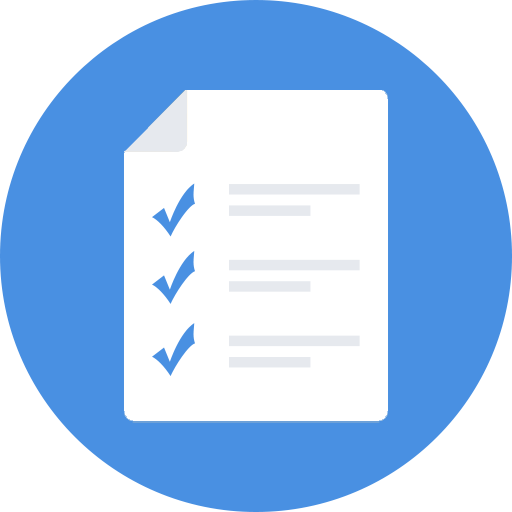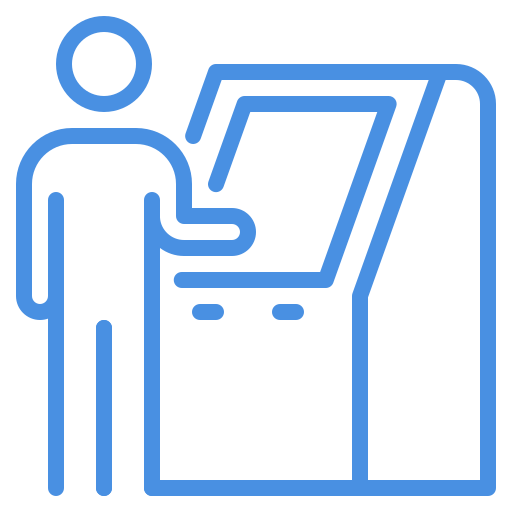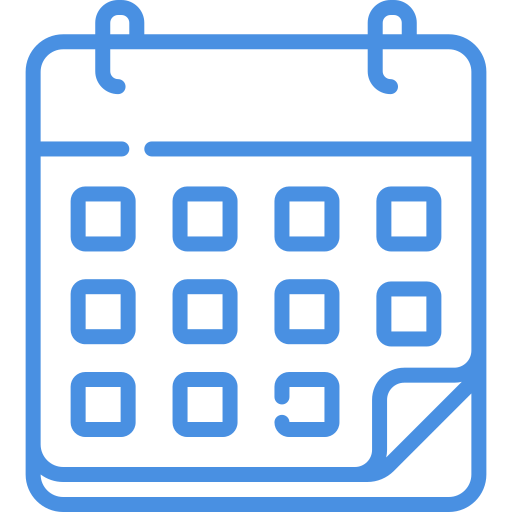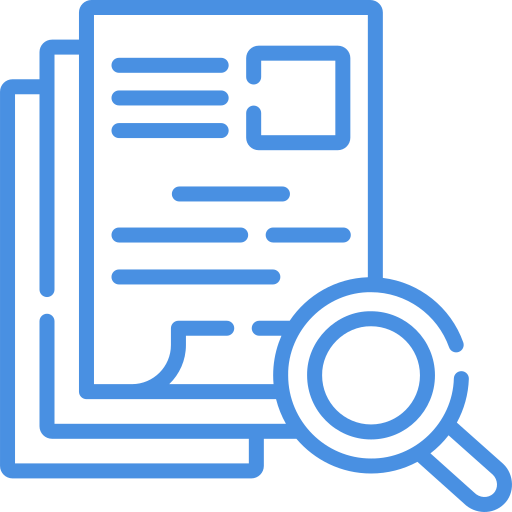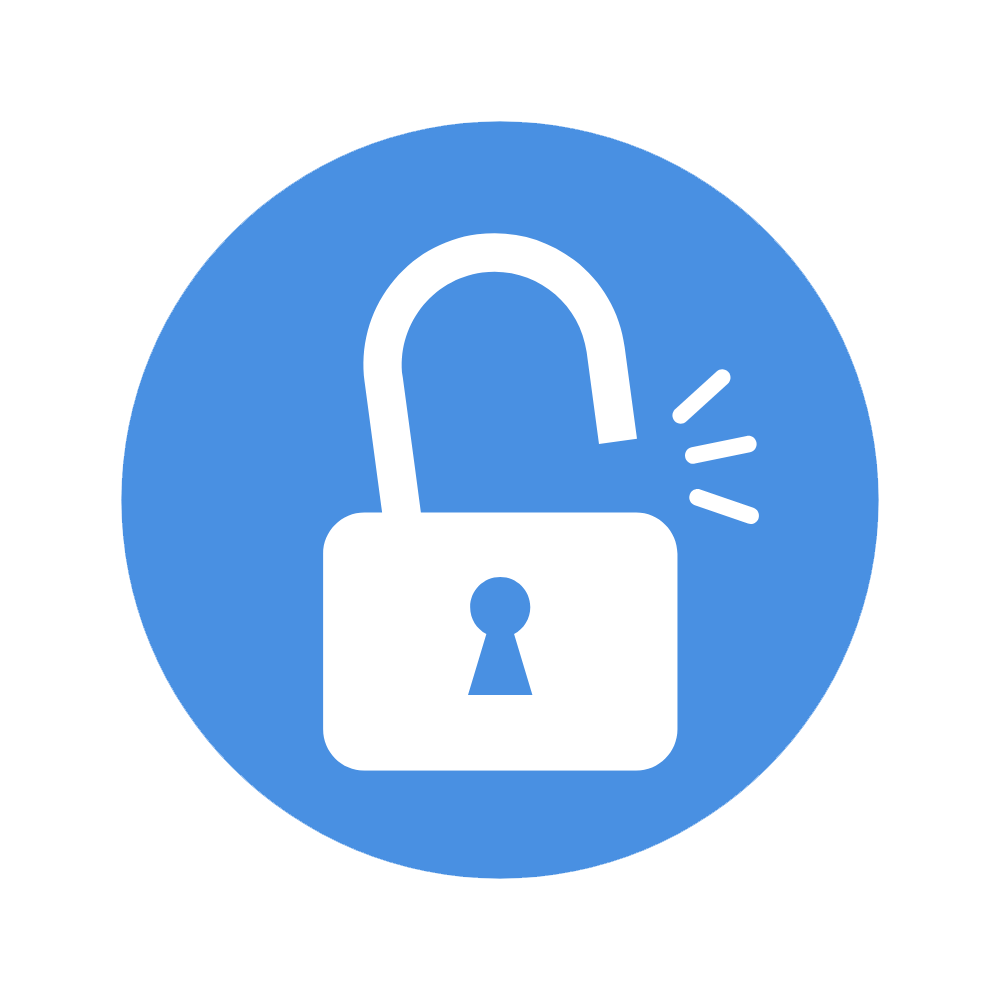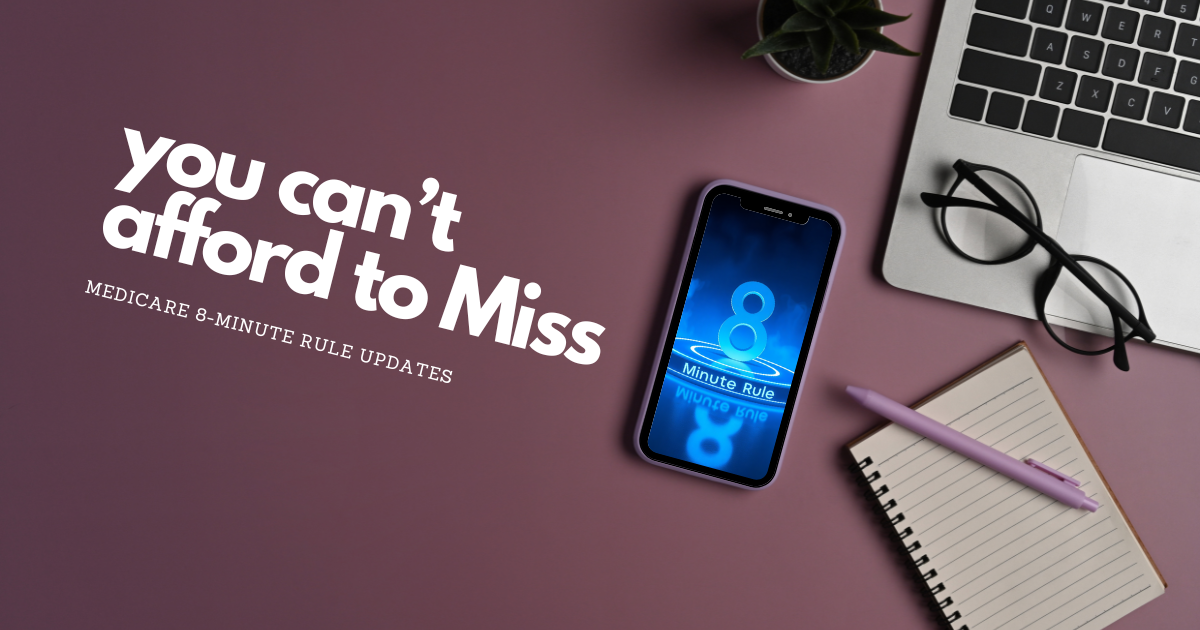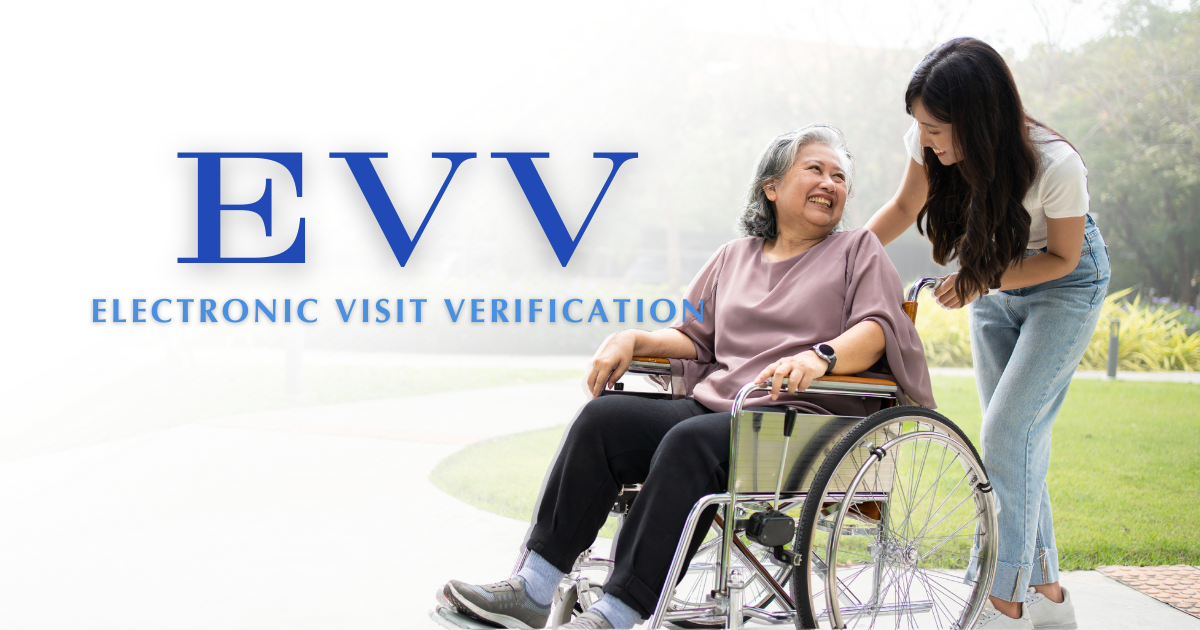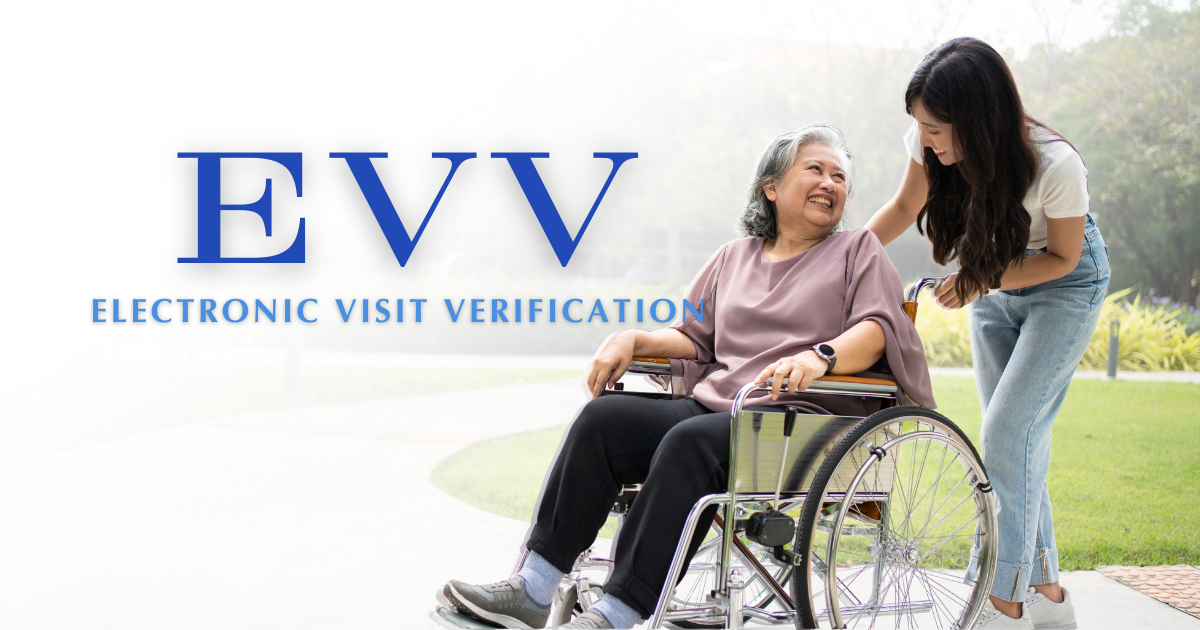You Can’t Afford to Miss: Key Medicare 8-Minute Rule 2025 Updates
Stay up to date with the latest Medicare 8-Minute Rule 2025 updates. This article covers essential changes in billing, documentation, and compliance that impact therapy practices. Learn how to navigate these updates, ensure accurate billing, and stay audit-proof with expert tips and tools like HelloNote.
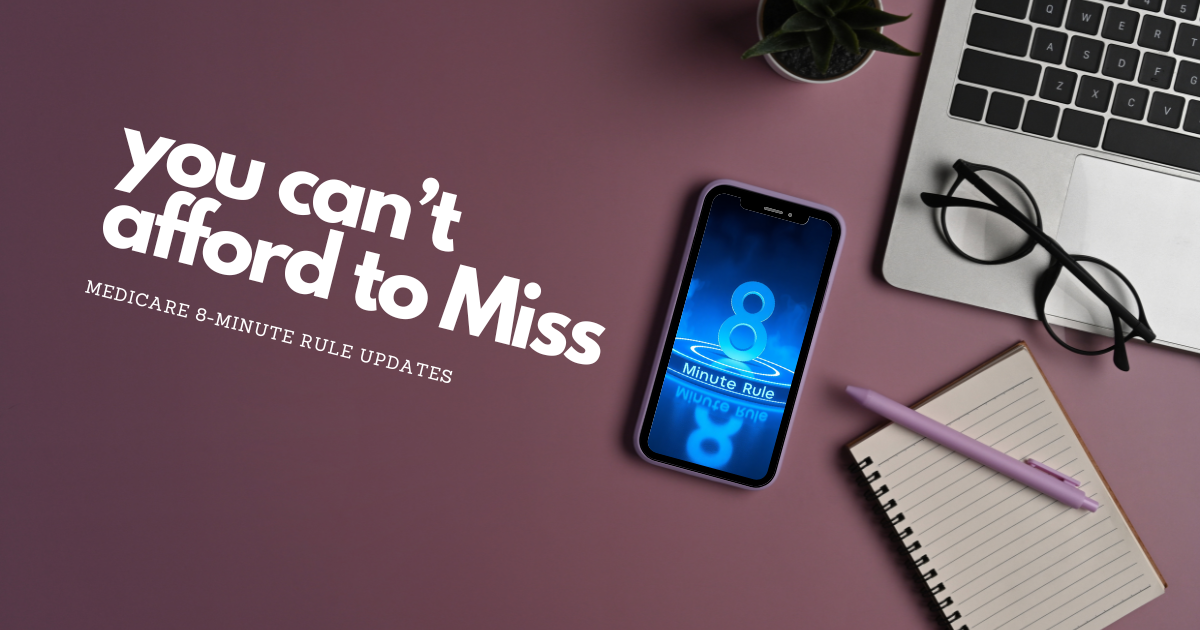
The Medicare 8-minute rule has been a cornerstone in therapy billing, ensuring that therapists are reimbursed for the time spent with patients. As of 2025, Medicare has issued clarifications that impact how therapists document, bill, and manage their therapy sessions. These updates aim to improve transparency, reduce errors, and ensure compliance with the ever-evolving regulatory landscape. Understanding these changes is crucial for therapy clinics to stay compliant and avoid denied claims.
Key Changes in the 2025 Medicare 8-Minute Rule
1. Clarifications on Group and Concurrent Therapy Billing
The 2025 updates bring more clarity to billing for group and concurrent therapy sessions. Here’s how the changes affect therapists:
-
- Concurrent Therapy: When treating two patients simultaneously under separate care plans, therapists must now document each patient’s session separately. This means differentiating concurrent care time to avoid billing mistakes.
-
- Group Therapy: For group therapy sessions, it is now necessary to document the time spent on individual needs within the group. This ensures that patients are receiving the appropriate level of attention and that the services are reimbursed fairly.
How HelloNote Helps: HelloNote’s automated timers and customized templates help therapists accurately track and document both concurrent and group therapy time, making it easier to comply with these new requirements.
2. Enhanced Reporting and Documentation Requirements
The 2025 updates require more detailed documentation for every therapy session. Therapists are expected to break down the time spent on:
-
- Direct patient care (billable)
-
- Rest periods or patient breaks (non-billable)
-
- Non-clinical activities, such as patient education or administrative tasks
For example:
-
- 10 minutes: Manual therapy (97140)
-
- 15 minutes: Therapeutic exercise (97110)
-
- 5 minutes: Patient rest (non-billable)
This level of detail helps ensure compliance and reduces the likelihood of audits.
How HelloNote Helps: With HelloNote’s structured templates, therapists can easily document time allocations and meet Medicare’s reporting standards without the risk of oversight.
3. Updated Rules for Therapy Assistants (PTAs and OTAs)
Medicare’s 2025 updates emphasize the importance of clear documentation when therapy assistants (PTAs and OTAs) are involved in patient care. Therapists must now:
-
- Clearly document the time and tasks completed by assistants during a session.
-
- Apply modifiers like CQ (for PTA) and CO (for OTA) to indicate assistant involvement.
-
- Account for reduced reimbursement rates (85% of the standard rate) for services provided by assistants.
How HelloNote Helps: HelloNote’s modifier integration automatically suggests and applies the correct modifiers, reducing the risk of denied claims or payment reductions.
Impact of the 2025 Updates on Therapy Practices
These updates significantly impact the administrative workload for therapy practices. Therapists and clinic owners must allocate more time and resources to ensure compliance with Medicare’s new documentation and billing requirements. Without the right tools, this could lead to increased administrative burdens and costly mistakes.
Solution: By using an EMR system like HelloNote, therapy clinics can streamline documentation processes, reduce errors, and stay compliant with Medicare’s regulations.
Practical Steps to Stay Compliant with the 2025 Updates
1. Refine Your Documentation Practices
Therapists should:
-
- Include detailed time breakdowns for each service.
-
- Use clear language to justify the medical necessity of interventions.
-
- Ensure the roles of all providers (therapists, PTAs, OTAs) are clearly documented.
How HelloNote Helps: Preloaded templates and customizable fields help therapists meet all reporting standards efficiently.
2. Train Your Team
Ensure your staff understands the 2025 updates and how they impact documentation and billing practices. Regular training sessions will help improve accuracy across the practice.
How HelloNote Helps: The platform offers training materials and expert support to ensure your team stays up to date on regulatory changes.
3. Leverage Advanced EMR Technology
Adopt an EMR system designed specifically for therapy practices. Look for systems that automate time tracking, documentation, and billing processes, so your team can focus more on patient care.
HelloNote Features:
-
- Automated time tracking for group and concurrent therapy sessions.
-
- Built-in prompts for compliance with PTA/OTA billing.
-
- Real-time audit alerts to catch errors before submission.
4. Conduct Regular Audits
Regular audits help identify discrepancies before they result in denied claims. It’s essential to have a system that highlights potential errors quickly.
How HelloNote Helps: HelloNote offers built-in audit reports that allow you to quickly identify documentation errors and inconsistencies to maintain compliance.
Looking Ahead: Preparing for Future Changes
The 2025 updates reflect Medicare’s growing emphasis on accountability and transparency in therapy billing. These updates are part of a broader initiative to improve the quality and accuracy of therapy services. Therapists and clinic owners should stay proactive by investing in the right technology to streamline workflows and ensure compliance with future regulatory changes.
How HelloNote Helps: By using an advanced EMR system like HelloNote, therapy clinics can be confident they’re equipped to handle upcoming regulatory changes while maintaining the highest standards of patient care.
Conclusion
The 2025 updates to the Medicare 8-minute rule bring significant clarifications that therapists must incorporate into their billing and documentation practices. By using tools like HelloNote, therapy clinics can navigate these updates more efficiently and reduce the risk of compliance issues. The key to success is accurate, detailed documentation, and by streamlining these processes with the right technology, therapists can continue to focus on delivering excellent patient care.

